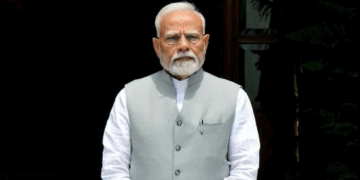The long-awaited release of consumption data spanning from 2011 to 2012 to the present has provided economists and analysts with valuable insights into the evolving landscape of consumer behaviour. The data, which offers a comprehensive look at spending patterns and preferences, reveals significant shifts that have taken place over the past decade.
One of the most striking trends highlighted by the data is the dramatic rise of e-commerce and online shopping. With the proliferation of digital platforms and the convenience they offer, consumers have increasingly turned to online channels to fulfil their shopping needs. This shift has had profound implications for brick-and-mortar retailers, many of whom have struggled to adapt to the changing retail landscape.
Additionally, the data sheds light on changing preferences in terms of product categories. There has been a notable increase in spending on experiences such as travel, dining out, and entertainment, signalling a shift towards a more experiential form of consumption. This trend reflects a growing emphasis on creating memories and enjoying leisure activities, rather than simply acquiring material possessions.
Furthermore, the data underscores the growing importance of sustainability and ethical consumption among today’s consumers. With heightened awareness of environmental and social issues, more consumers are prioritizing products and brands that align with their values. This has led to increased demand for eco-friendly products, fair trade goods, and ethically sourced items across various sectors.
However, it’s not just what consumers are buying that has changed; how they’re buying has also evolved. The rise of subscription services and the sharing economy has transformed the way people access goods and services, with platforms like Netflix, Airbnb, and Uber becoming integral parts of everyday life for many consumers.
Overall, the release of this consumption data offers valuable insights into the shifting dynamics of the consumer landscape. As we continue to navigate an increasingly digital and interconnected world, understanding these trends will be crucial for businesses, policymakers, and economists alike in shaping strategies and policies that are responsive to the needs and preferences of today’s consumers.








 India
India












